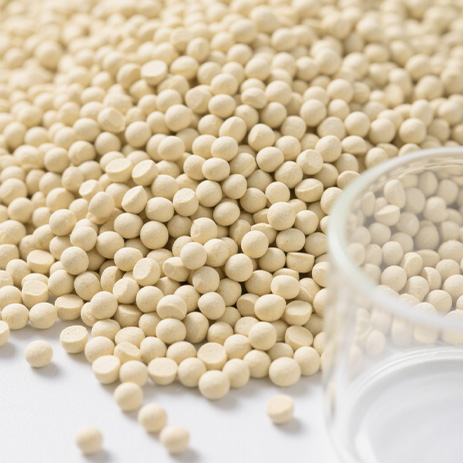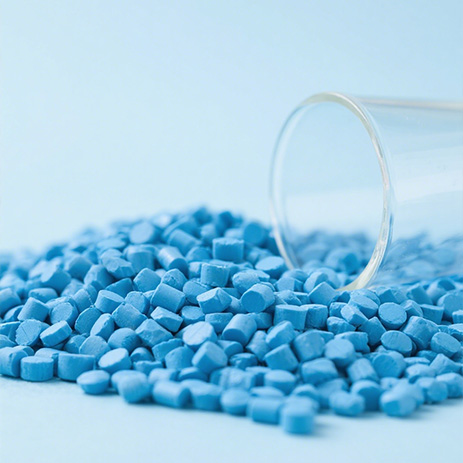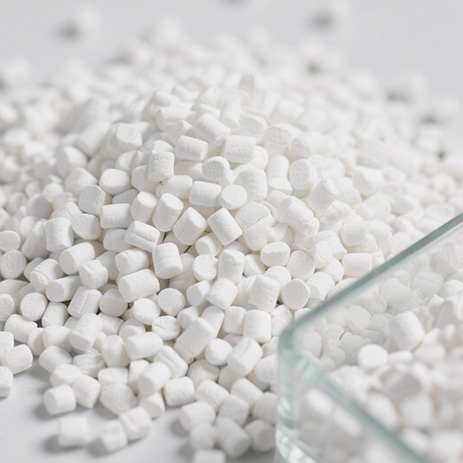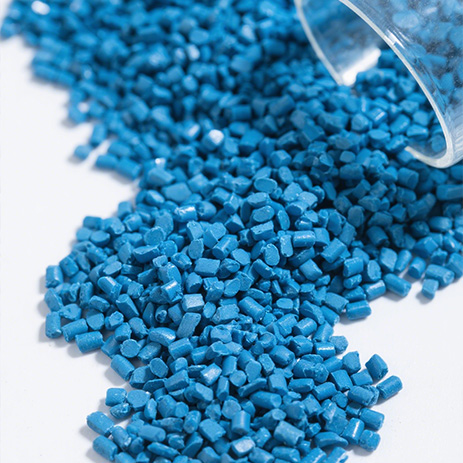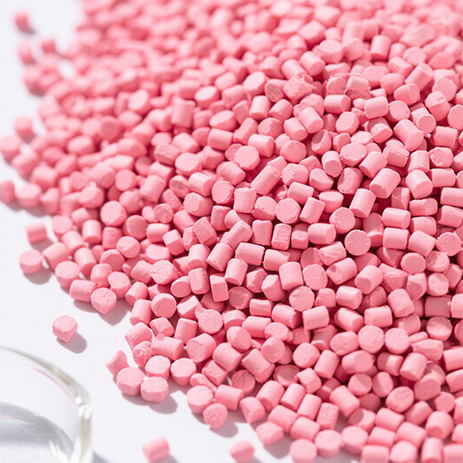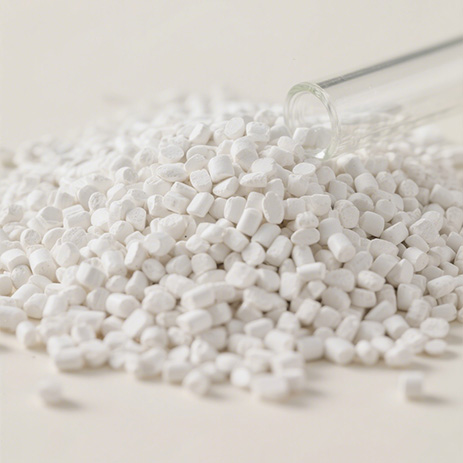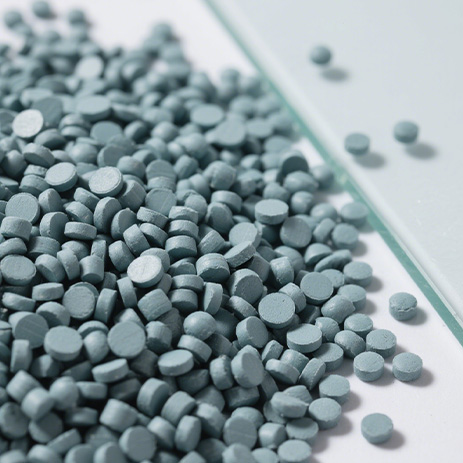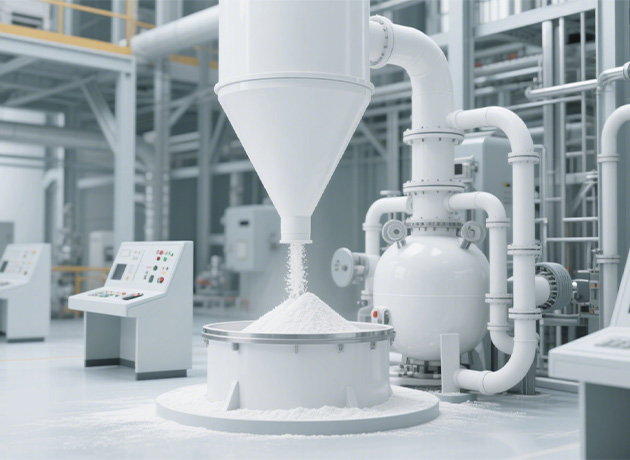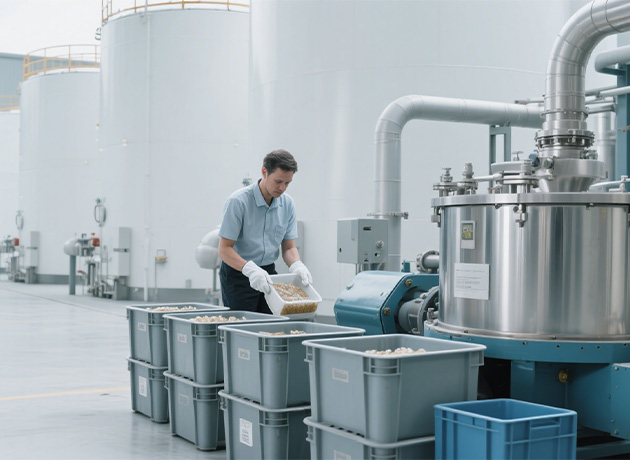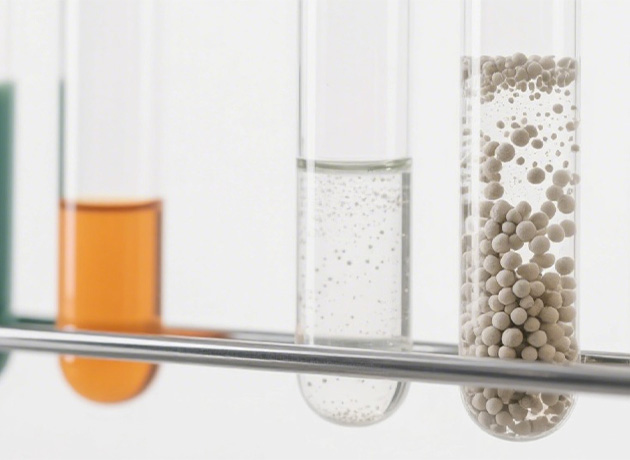Products
product Description
parameter
Specification
The description of chemical raw material products is like its “digital business card”, conveying the core value through refined text. The description usually starts with the basic attributes, pointing out the product name, chemical category and form. Further functional description highlights the competitive advantage and intuitively shows the breakthrough in product performance. Environmental protection and compliance are also important dimensions. Emphasizing “FDA food contact material certification” can enhance customers’ trust in product safety. These descriptions help customers quickly establish a basic understanding of the product.
Technical parameters are the “hard power” proof of chemical raw material products, and product performance is quantified through specific values and testing standards. In terms of physical properties, indicators such as melting point, density, solubility, etc. determine the basic characteristics of the product, and these data directly affect its molding and processing conditions. Mechanical performance parameters such as tensile strength and elongation at break reflect the durability of the product in actual applications. PET with “tensile strength ≥60MPa, elongation at break ≥300%” is suitable for the production of beverage bottles with high toughness requirements. Purity and impurity content are related to product quality. In addition, processing performance parameters such as melt flow rate (MFR) guide customers to choose suitable production processes to maximize the performance of raw materials.
The specification builds a complete standard system for products from production to delivery. Packaging specifications are customized according to product form and characteristics. Solid raw materials are mostly packed in 25kg bags or 1000kg ton bags to meet industrial bulk procurement needs; liquid raw materials are suitable for 200L iron drums, IBC ton barrels or tank trucks for transportation to ensure transportation safety and efficiency. Storage and transportation conditions directly affect product stability. Flammable raw materials need to be stored in cool and ventilated explosion-proof warehouses, and the hazardous chemicals management regulations must be followed during transportation; environmentally sensitive raw materials, such as amines that are easy to absorb moisture, are packaged in vacuum aluminum foil bags and require low-temperature dry storage. Quality grades and certifications are authoritative endorsements of product quality. Different grades such as industrial grade, food grade, and pharmaceutical grade correspond to strict production and testing standards. Passing international certifications such as REACH, FDA, and GMP indicates that the products meet regulatory requirements in many parts of the world, providing strong support for customers to expand their markets.
Molecular
Versatile Industrial Feedstocks
News
News








